Information On How To Harvest Dill And Drying Dill Weed and Dill Seeds
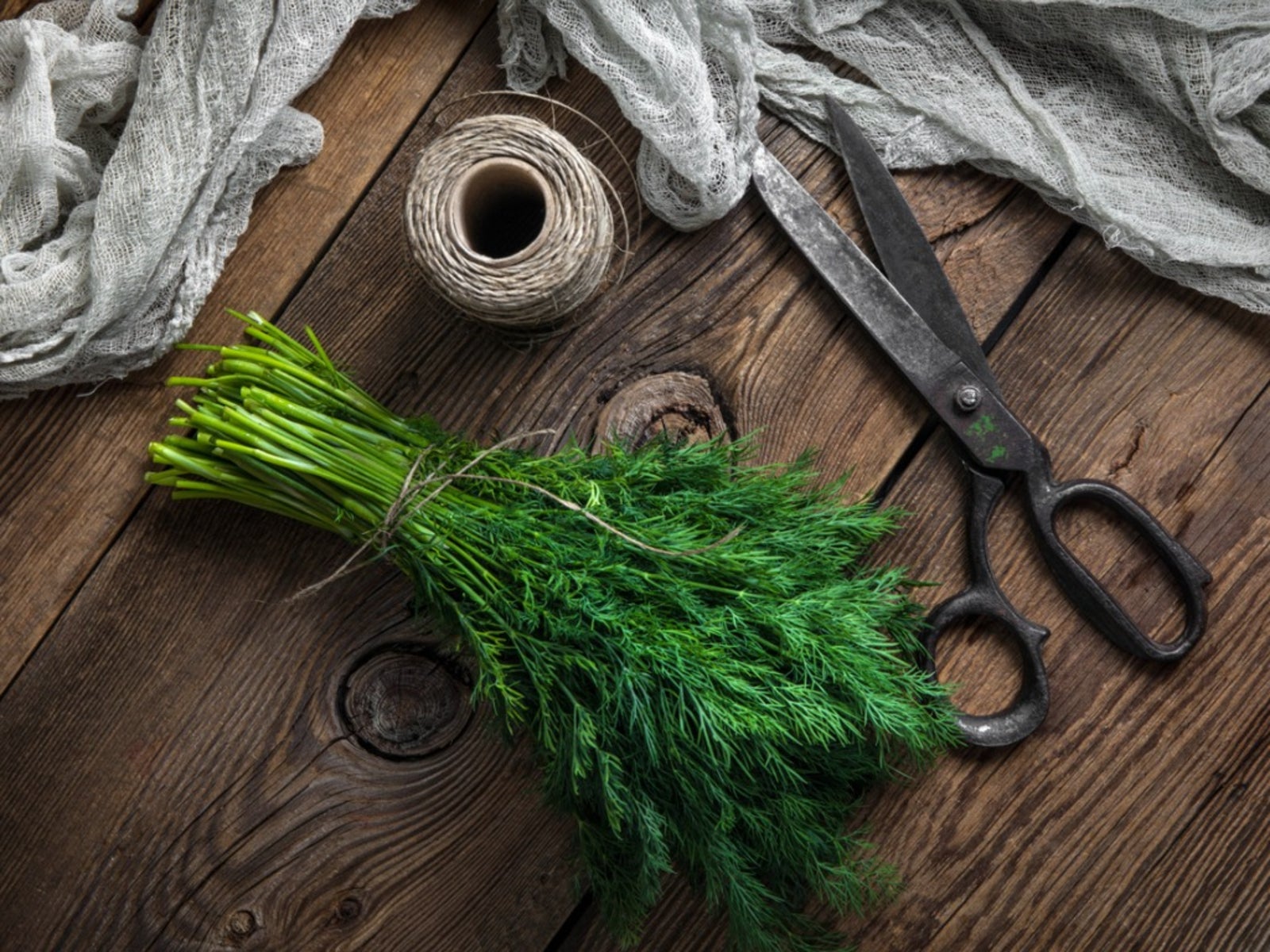

Dill weed is an essential flavoring for pickling. The feathery, fresh young leaves add a delicate flavor to fish, potatoes and sauces and yield thick stems at maturity. The plant bolts in high heat and produces umbrella-shaped flower appendages topped with hard little seeds. The herb literally grows “like a weed,” which is the genesis of the name dill weed. Learn how to harvest dill and how to store dill weed to keep the delicate flavor around all year.
How to Harvest Dill
Dill weed is preserved by drying the leaves, seeds or entire stem of the herb. Use pruners or sharp scissors when harvesting dill weed for drying. Cut just the leafy foliage or remove entire stems to dry for canning and seeds. Remove the stems when the seeds are brown and ripe. Dill flavor is best when it just begins to flower. Wash the herbs after harvesting dill weed to remove dirt and insects.
How to Dry Dill
Dill weed refers to the greenish blue leaves of the herb, while dill seeds are just the seeds of the dill plant. The overall name of dill is used to describe the entire plant. Dill weed is delicate even when fresh and should be added to dishes at the end of the cooking process to preserve the light, grassy flavor. Dry dill weed leaves lose some of their pungency and require more of the seasoning to produce the same flavor profile as fresh. Dill seeds are more flavorful and are often used where a stronger dill flavor is desired, such as in pickling.
Drying Dill Seeds
Drying dill seeds actually accentuates their flavor and ensures a supply of seasoning for the next pickle-canning. You can bunch dry dill seeds by tying the stems together and hanging the herbs upside down. Keep the bunches lightly bundled so air can circulate. Cover the bunches with paper bags that have been liberally punched with holes on the side. The bags will catch the seeds as they dry, along with any pieces of leaf.
Drying Dill Weed
Dill leaves or dill weed are used dried as a crushed aromatic. The flavor is very light but the aroma is strong and adds complexity to foods. Dry dill by clipping off the individual leaflets and laying them in one layer on a dehydrator sheet or bakers rack. The leaves will dry in less than a day in a food dehydrator but will take several days on a baker's rack in a warm, dry location. Turn the leaves every day so they are evenly exposed to the warm air.
How to Store Dill Weed
Crumble or crush the leaflets after they are completely dry. Herbs must be stored in a cool, dark area to avoid diminishing the color and flavor. Dry dill weed will keep for four to six months and can be used just like fresh dill leaves.
Gardening tips, videos, info and more delivered right to your inbox!
Sign up for the Gardening Know How newsletter today and receive a free copy of our e-book "How to Grow Delicious Tomatoes".

Bonnie Grant is a professional landscaper with a Certification in Urban Gardening. She has been gardening and writing for 15 years. A former professional chef, she has a passion for edible landscaping.
-
 Moody Blooms For Spring: 8 Types Of Black Flowers To Add Drama To Spring Displays
Moody Blooms For Spring: 8 Types Of Black Flowers To Add Drama To Spring DisplaysFrom midnight burgundies to inky violets, several types of black flowers can enrich and embolden a spring display. Try these brooding bloomers for a moody garden
By Tonya Barnett
-
 Can Snake Plants Live Outside? Everything You Need To Know For Snake Plants Al Fresco
Can Snake Plants Live Outside? Everything You Need To Know For Snake Plants Al FrescoSnake plants can live outside given the right conditions, but be careful that they don't take over! Learn the best way to use snake plants in your landscape.
By Mary Ellen Ellis
-
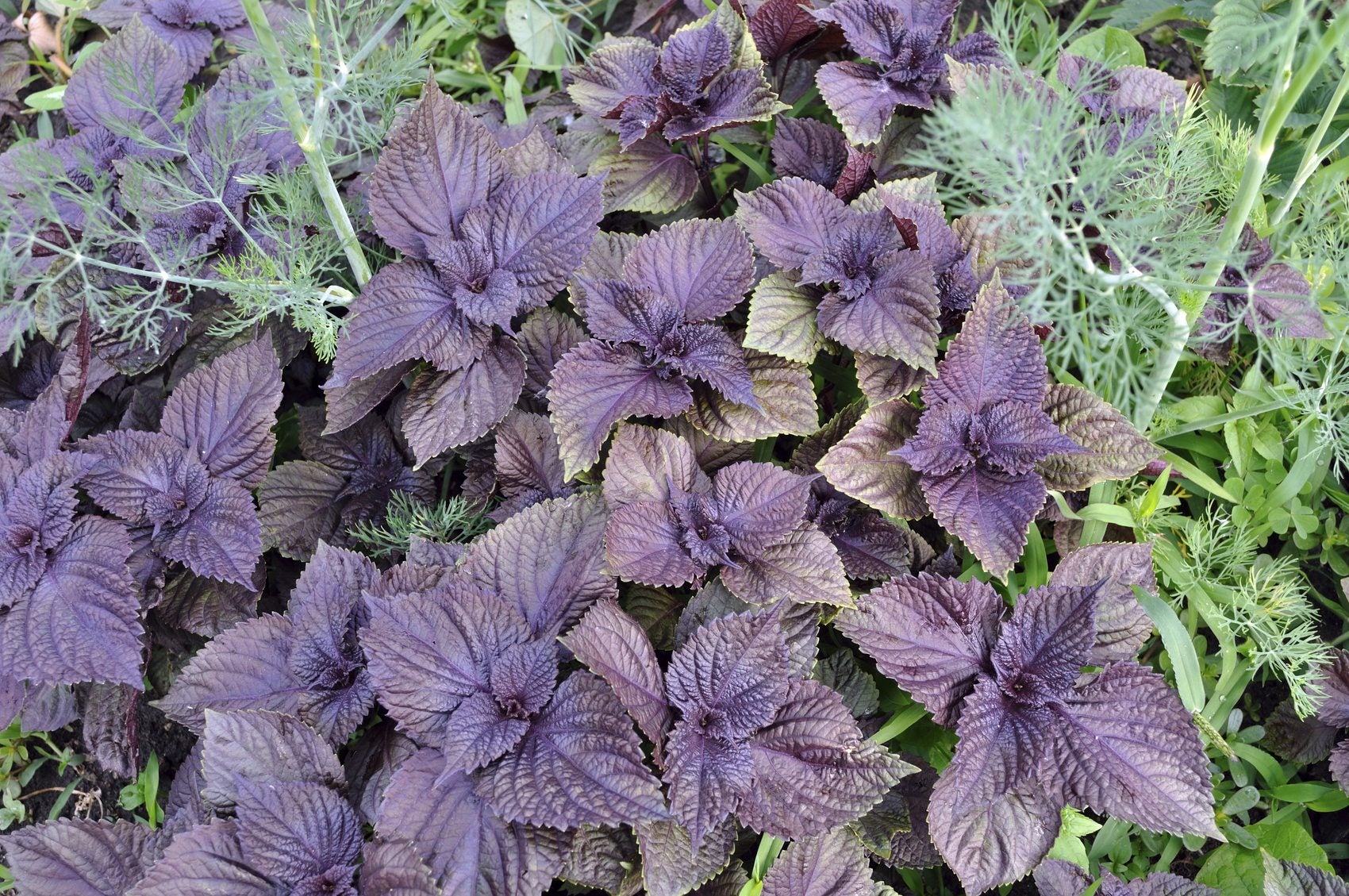 Companion Plants For Dill: What To Plant With Dill In The Garden
Companion Plants For Dill: What To Plant With Dill In The GardenIf you're wondering what to plant with dill, experiment and see what works best in your garden. Here are some suggested dill companion plants - and a few things that AREN'T believed to be good dill plant companions. Click this article to learn more.
By Mary H. Dyer
-
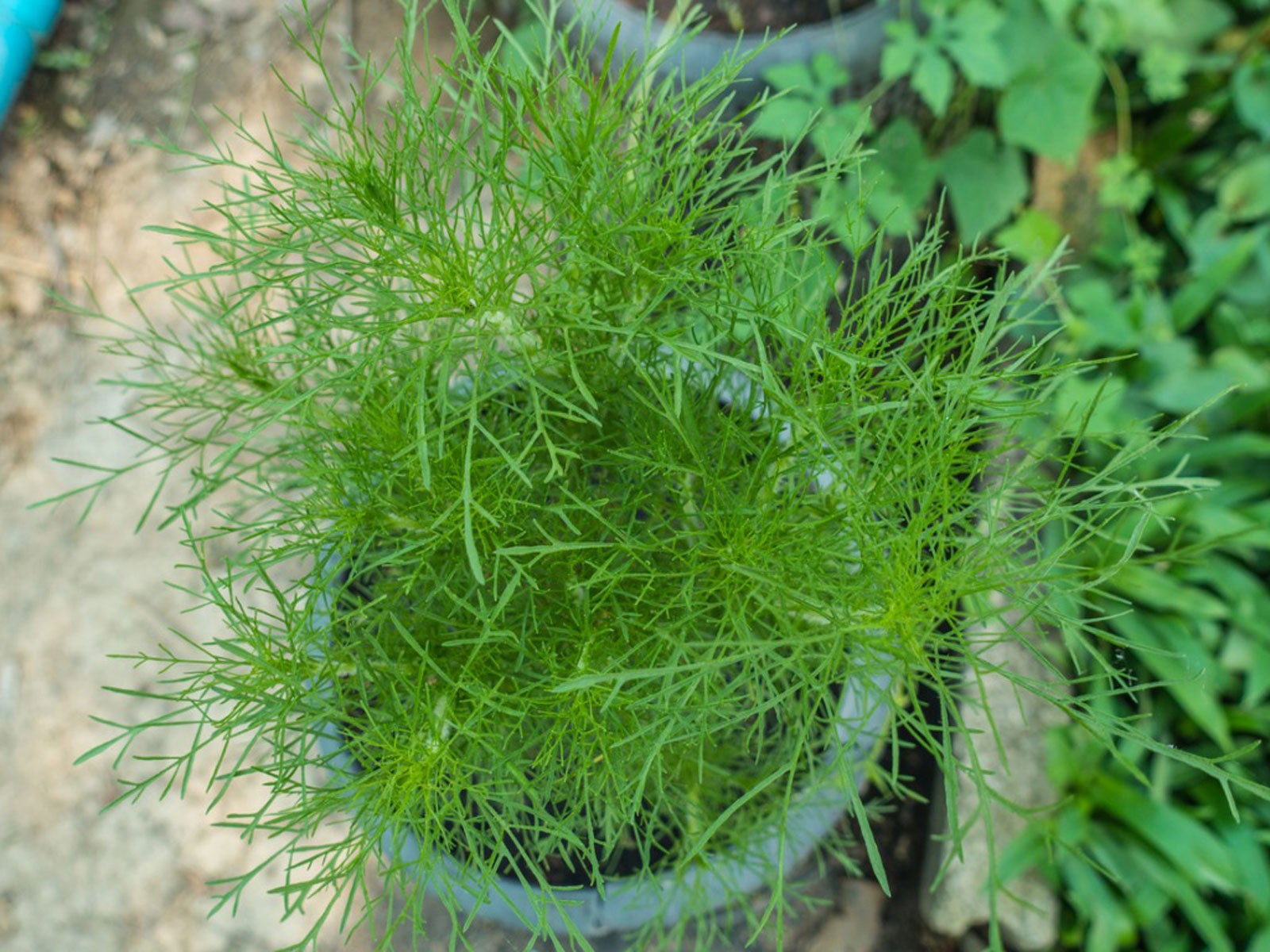 Potted Dill Plant Care: Tips For Growing Dill In Containers
Potted Dill Plant Care: Tips For Growing Dill In ContainersHaving dill in a container near or in your kitchen is a great way to get the most out of cooking with it. How do you grow potted dill plants? Click here.
By Liz Baessler
-
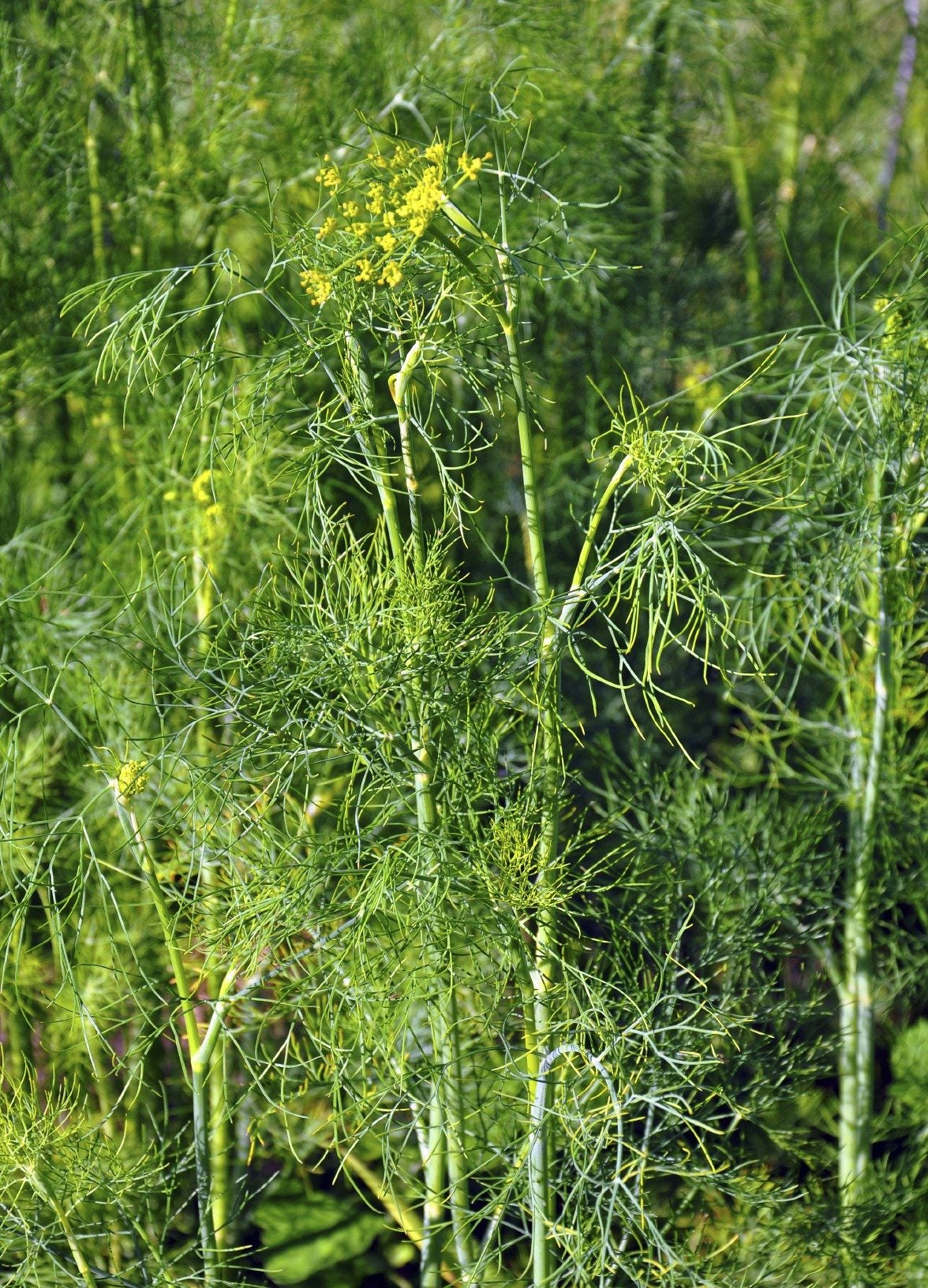 Dill Plant Types: What Are Some Different Varieties Of Dill
Dill Plant Types: What Are Some Different Varieties Of DillDill is a great herb to have around. It has fragrant, delicate foliage, bright yellow flowers, and a flavor like none other. But there are a few different varieties of dill, and it may not be easy to know which one to grow. Click here to learn more about it.
By Liz Baessler
-
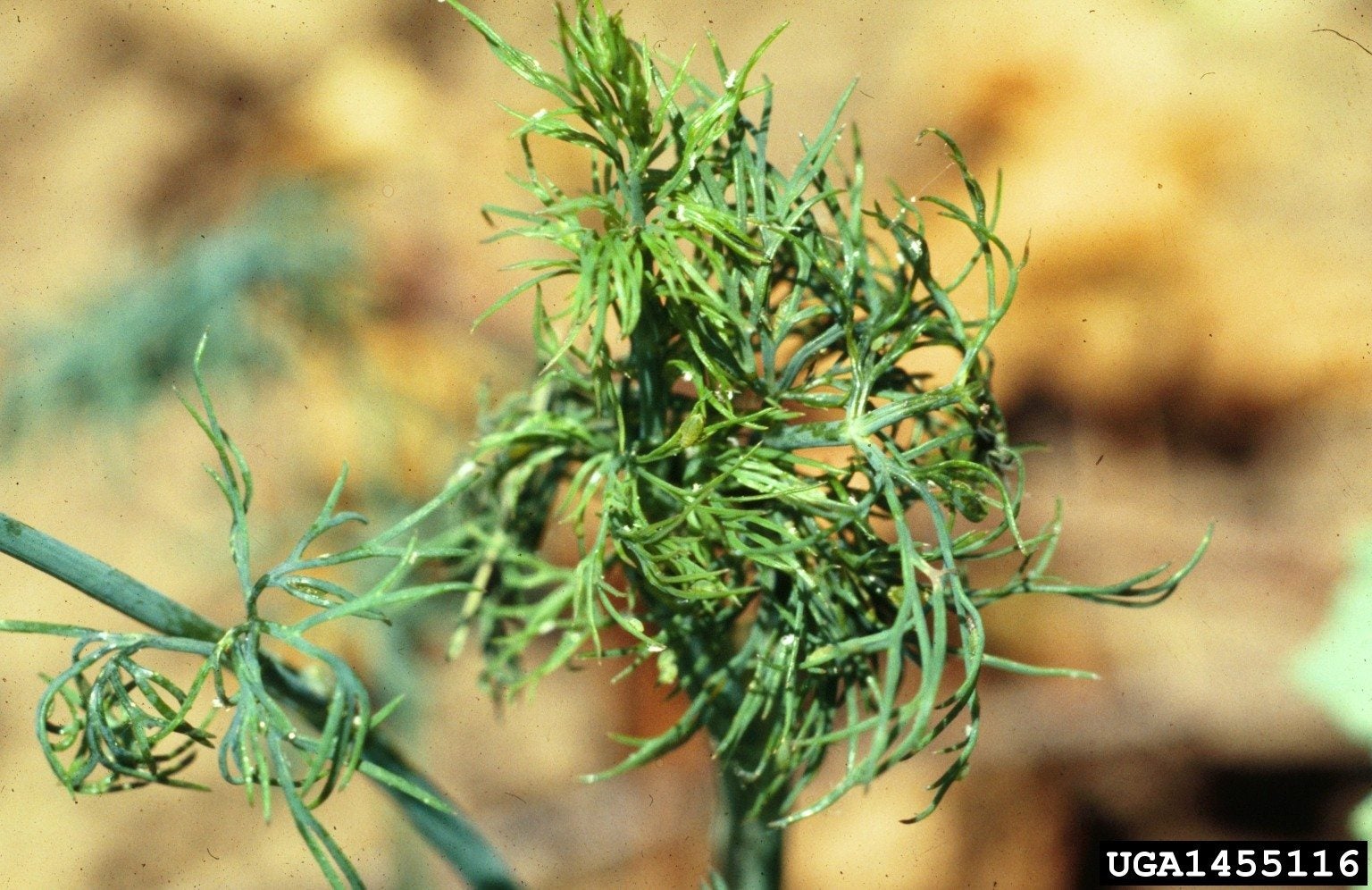 Dill Plant Diseases – Tips For Treating Issues With Dill
Dill Plant Diseases – Tips For Treating Issues With DillThe average gardener may have to deal with his or her share of dill plant problems, from pests to dill plant diseases. The following article contains information on identifying and treating diseases affecting dill plants. Click here for more info.
By Amy Grant
-
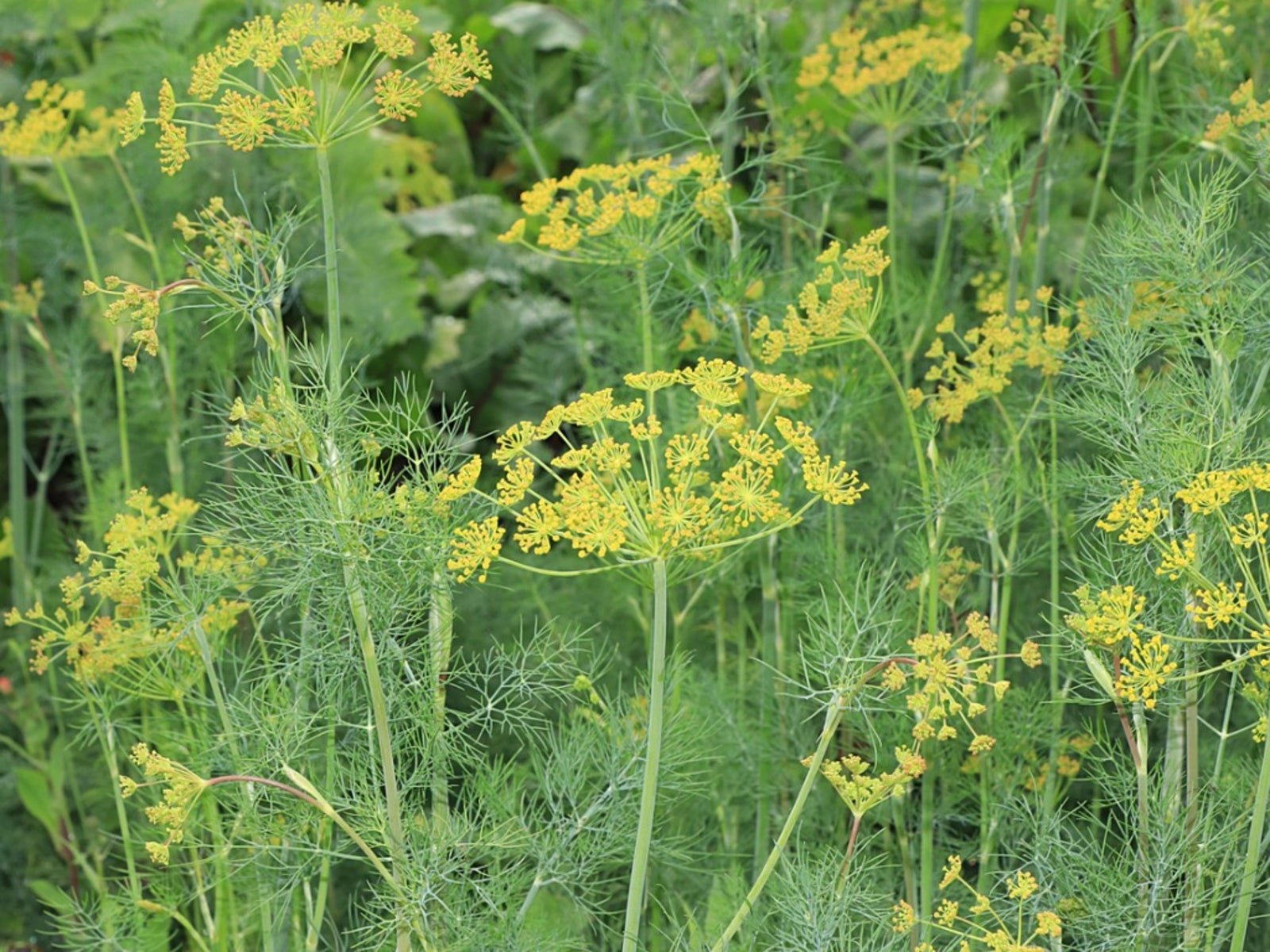 Yellowing Dill Plants: Why Is My Dill Plant Turning Yellow
Yellowing Dill Plants: Why Is My Dill Plant Turning YellowYellowing dill plants can be an indication of incorrect cultural care, improper site, insects or disease as well as an indication to end of season. If you are asking, "why is my dill plant turning yellow," click here for more information about common causes.
By Bonnie L. Grant
-
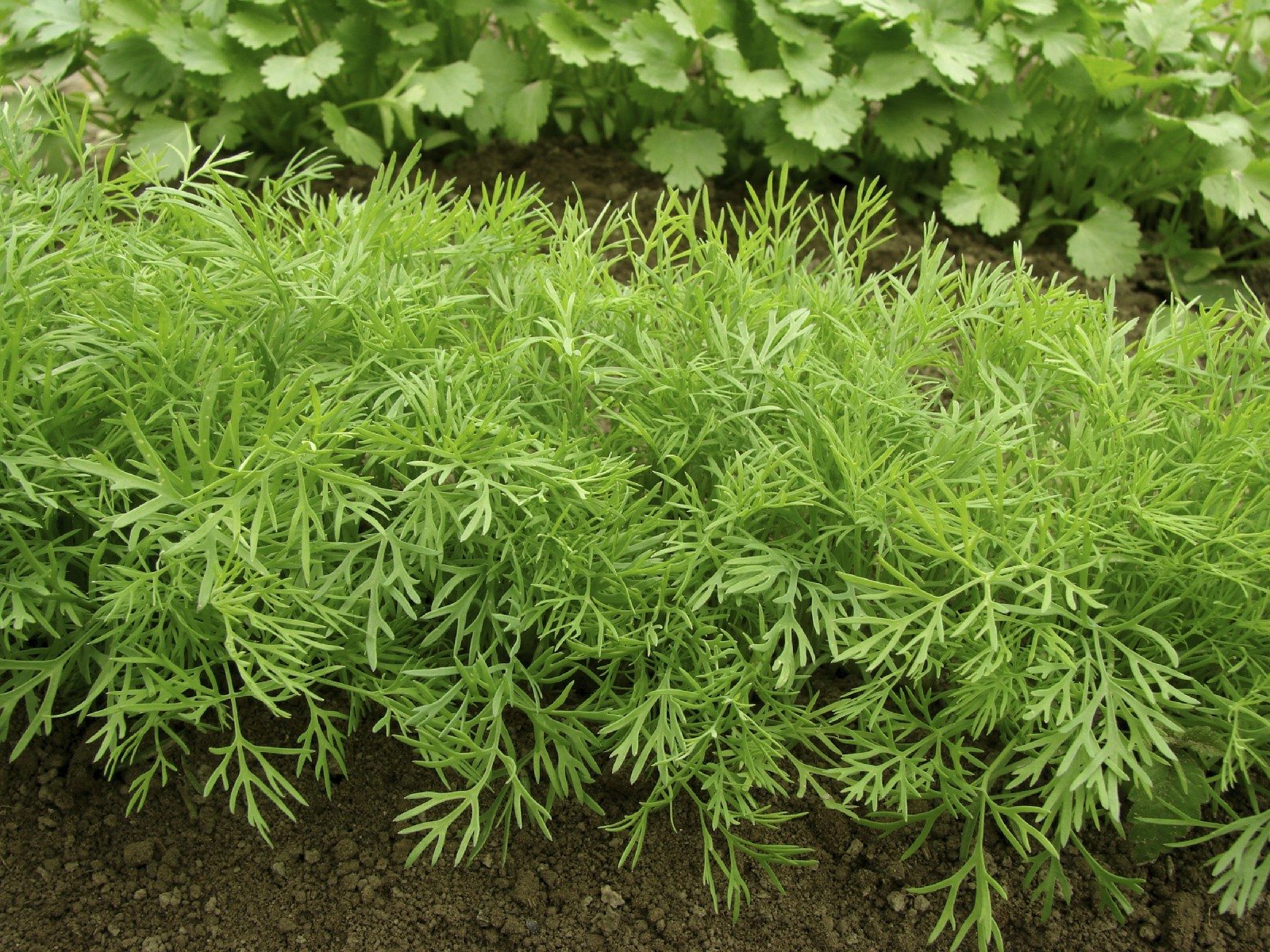 Getting Bushy Herb Plants: How To Trim A Dill Plant
Getting Bushy Herb Plants: How To Trim A Dill PlantDill plants can grow long and leggy, but learning how to prune dill, the plants will produce plenty for your culinary uses. Learn more here.
By Gardening Know How
-
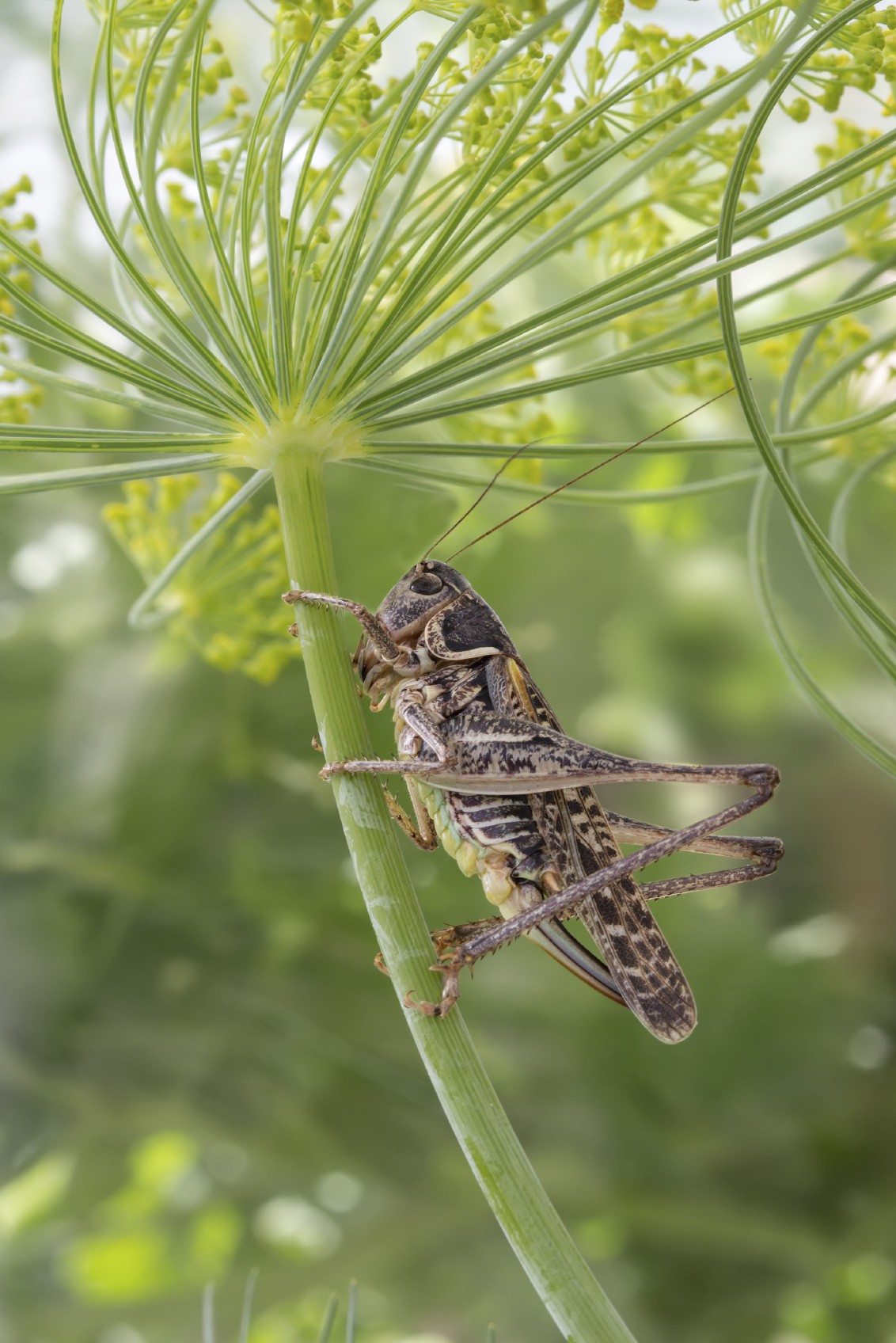 Dill Plant Care: Tips For Treating Pests On Dill Plants
Dill Plant Care: Tips For Treating Pests On Dill PlantsAs with most herbs, dill is fairly easy to care for, but it does have its share of dill plant pests. Find out about getting rid of insects on dill and other dill plant care in this article. Click here for more information.
By Amy Grant
-
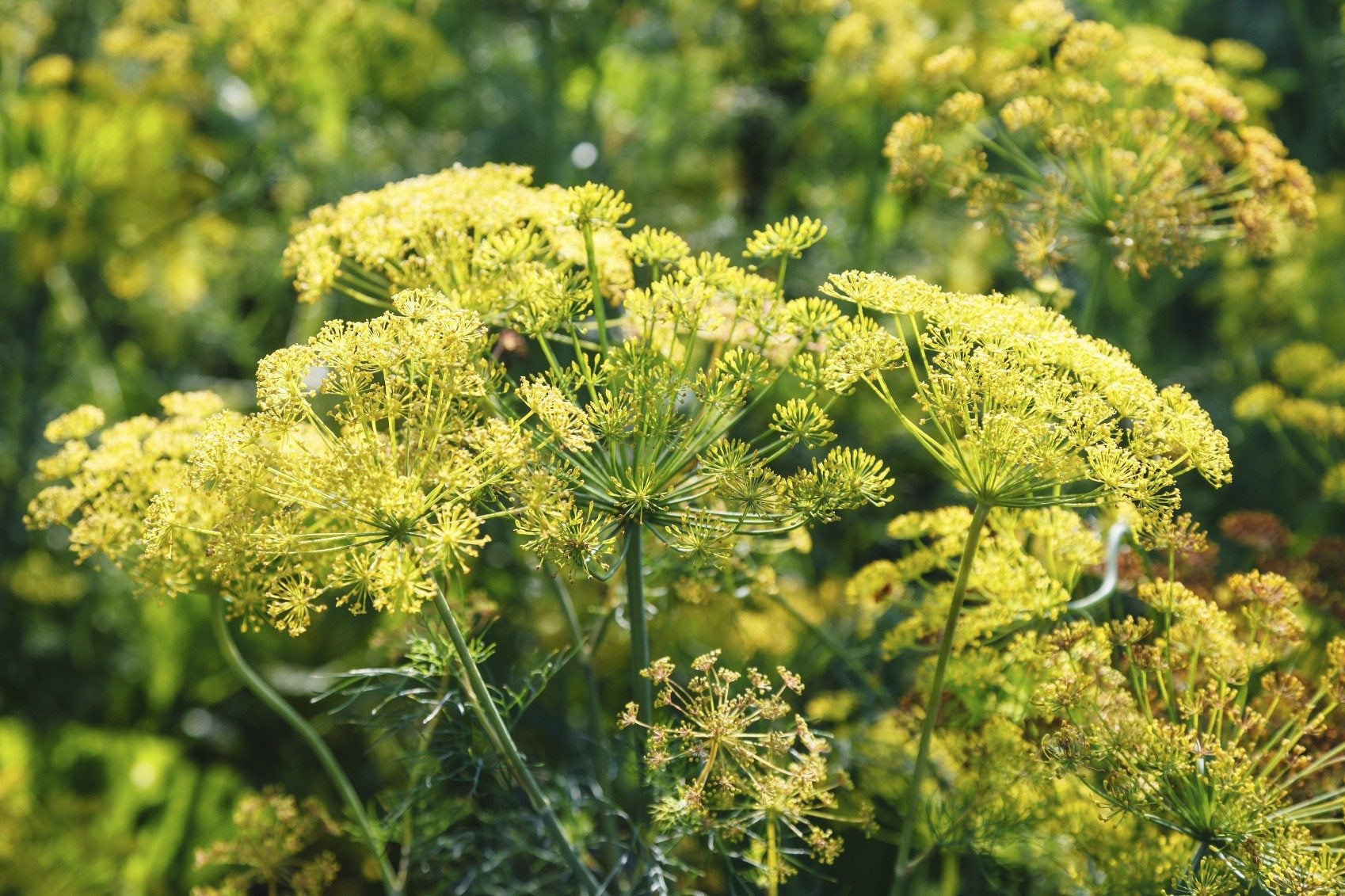 Why Is My Dill Flowering: Reasons A Dill Plant Has Flowers
Why Is My Dill Flowering: Reasons A Dill Plant Has FlowersSo you say, "My dill plant is flowering." This may be a good thing or a bad thing depending upon which part of the plant you use most often. Learn more about flowering in dill plants in this article and decide which applies to you.
By Bonnie L. Grant